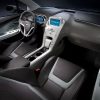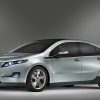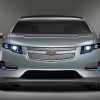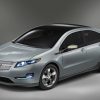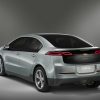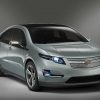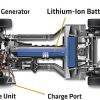In a truly sustainable world, the automobile would be an infrequently used mode of transportation. Neighborhoods would contain the stores, shops and restaurants within walking or bike riding distance while mass transit would provide transportation to medium range destinations.
Shortly after World War II, the public was given a vision by designers and developers. Suburban neighborhoods, shopping centers and office parks became the new way communities were planned, with two cars for every family becoming part of the American Dream. Now, unless you live in one of a handful of cities in the US with mixed-use neighborhoods and an adequate mass-transit system, owning a car is the only way to get around quickly and reliably.
Recent increases in gas prices and the tremendous success of the Toyota Prius have prompted a revolution in the auto industry. The revolution has largely turned toward electric vehicles and plug-in hybrids.
In addition to the harmful emissions, an internal combustion engine only uses 20-25% of the energy provided by the burning fuel. The rest of the energy disappears as heat. An electric motor uses 80-95% of the energy and creates no local emissions. Plus, most electric cars use regenerative braking, which brake by reversing the current in the motor to stop the vehicle. This turns the motor into a generator and feeds a charge back into the battery, resulting in better battery efficiency for city driving over highway driving. Add the use of clean energy through solar or wind power and it is possible to drive with zero total emissions.
In the past, eco-friendly vehicles have looked, well, eco-friendly, like the mud huts that used to be associated with eco-friendly houses. But just like the architectural world has made green design synonymous with cutting-edge design, the new breed of electric car companies are exploding the stereotype for eco-friendly cars.
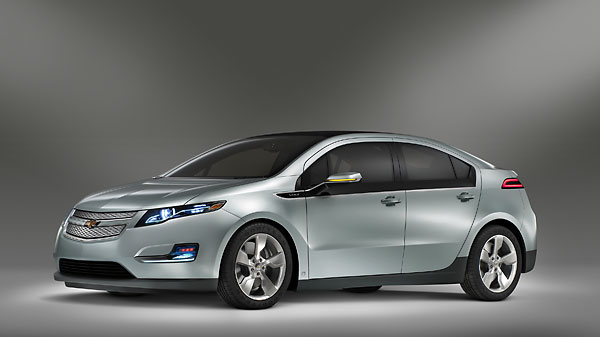
Chevy Volt
The Volt is the first foray by a major US car company in the electric car market since the EV-1 of the 1990s. Touted as an extended-range, electric vehicle, the Volt is a new version of a plug-in hybrid. While today’s hybrids, such as the Prius, use a combination of gas and electric motors to propel the vehicle, the Volt is completely propelled by an electric motor. Owners can plug in their car at night to charge the lithium-ion battery pack for 40 miles of driving on a charge. The extended range is provided by a smaller, more efficient gasoline (or optional ethanol) engine, which acts as a generator to recharge the battery while driving. For most daily uses, the gas engine never turns on, effectively cutting the emissions to zero and using no gas. GM is targeting the launch of the Volt for November 2010 with a price goal of under $30,000.


